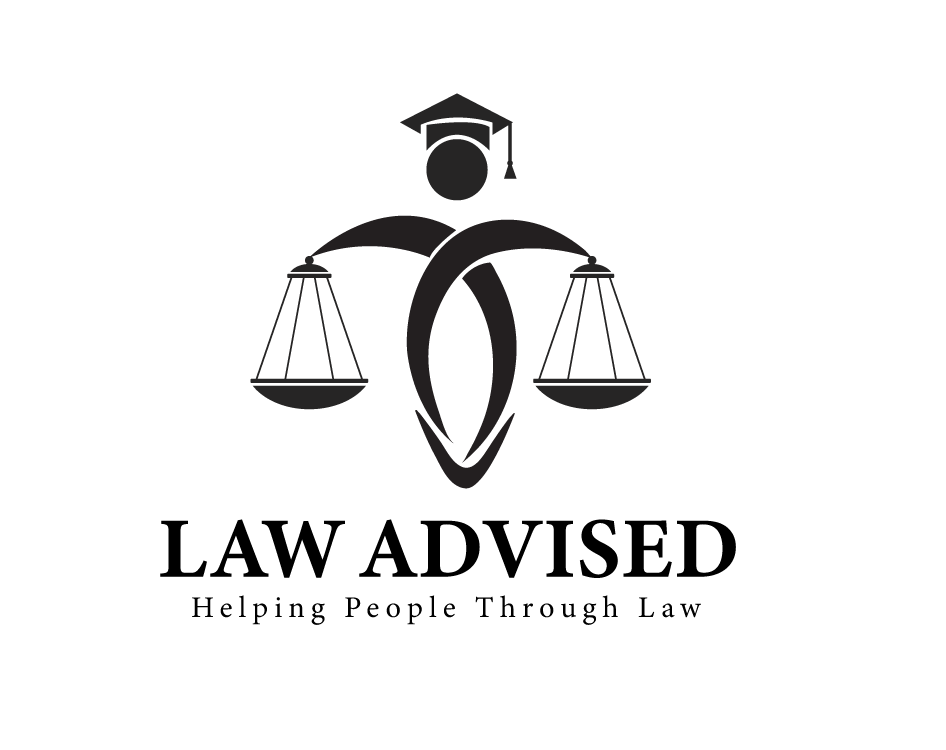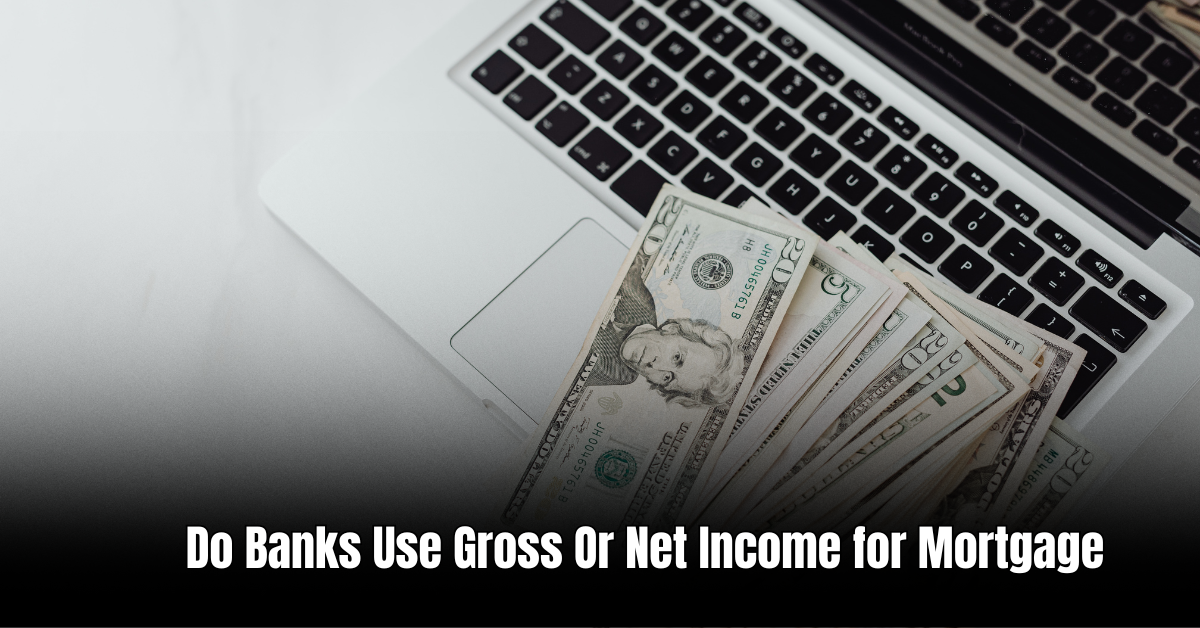Yes, you can remove escrow from your mortgage. To do so, you will need to meet certain criteria and follow the specific procedures outlined by your mortgage lender.
Removing escrow from your mortgage may require paying off a certain portion of your loan, establishing a strong payment history, and meeting other financial qualifications. It’s important to carefully review your mortgage agreement and consider the potential implications of removing escrow before making any decisions.
While removing escrow can provide more control over your finances, it also comes with added responsibilities for managing property taxes, homeowner’s insurance, and other related expenses. Before taking any action, consider consulting with a financial advisor or mortgage professional to ensure that removing escrow aligns with your overall financial goals and resources.
Why Homeowners Consider Removing Escrow
Homeowners consider removing escrow for more control over their finances. It allows them to handle property tax and homeowner’s insurance directly. By doing so, they avoid extra costs associated with escrow, such as lender fees and overfunding. However, this decision requires financial responsibility, as homeowners must ensure they have enough funds to cover these expenses when due. Some may find it more beneficial to exercise personal management over these aspects of homeownership, but it’s crucial to carefully evaluate the implications before opting to remove escrow.
Understanding Escrow And Its Purpose
Escrow is a financial arrangement that involves a third party holding and managing funds for two parties involved in a transaction. Lenders often require escrow for mortgage payments, property taxes, and insurance. This helps ensure that these expenses are paid on time. Escrow works by collecting funds from the homeowner with each mortgage payment and then using these funds to pay property taxes and insurance premiums when they are due. This provides a level of protection for both the lender and the homeowner. When it comes to removing escrow from a mortgage, it’s important to understand the potential implications and requirements set forth by the lender.
Options For Removing Escrow
Removing escrow from your mortgage is an option that homeowners may consider. One way to achieve this is by paying off your mortgage. By doing so, you eliminate the need for an escrow account as you are no longer making monthly mortgage payments. However, this requires a significant upfront payment, and it may not be feasible for everyone.
Another option is requesting a waiver from your lender. This involves contacting your lender and explaining why you believe you should be exempt from having an escrow account. Lenders typically consider factors such as your credit history, loan-to-value ratio, and payment history when determining whether to grant a waiver.
It’s important to note that removing escrow may have pros and cons. On one hand, it gives you more control over managing your taxes and insurance. On the other hand, it means you will need to budget and plan for these expenses on your own. It’s essential to carefully weigh your options and consider your financial situation before deciding whether to remove escrow from your mortgage.
Benefits And Drawbacks Of Removing Escrow
Benefits of Removing Escrow:
- Increased control over your own finances
- Opportunity to earn interest or invest the funds elsewhere
- Ability to negotiate better mortgage terms without escrow requirements
- No need to worry about potential fluctuation in property taxes or insurance costs
Potential Drawbacks to Consider:
- Added responsibility of managing and paying property taxes and insurance premiums on your own
- Risk of falling behind on payments if not properly budgeted for or unexpected expenses arise
- Loss of convenience and peace of mind that comes with having escrow handle taxes and insurance
- Possible higher interest rates or fees from lenders due to removal of escrow
Considerations Before Removing Escrow
If you’re wondering whether you can remove escrow from your mortgage, there are a few important considerations to keep in mind. First, you need to assess your financial situation. This means taking a good look at your income, expenses, and overall budget to determine whether you have the ability to handle the additional responsibilities that come with managing your own escrow account.
Next, it’s important to understand your lender’s policy. Some lenders may require you to keep an escrow account, especially if you have a high loan-to-value ratio or if you’re considered a higher risk borrower. Make sure you’re familiar with your lender’s requirements before making a decision.
Weighing the pros and cons is also crucial. Removing escrow can give you more control over your funds and potentially save you money on monthly mortgage payments. However, it also means taking on the responsibility of paying property taxes and insurance on your own. Consider whether the benefits outweigh the potential drawbacks before making a decision.
Frequently Asked Questions For Can I Remove Escrow From My Mortgage
Is It Good To Remove Escrow From Mortgage?
Removing escrow from your mortgage can be beneficial if you prefer managing your own property taxes and insurance payments. However, it also means taking on those responsibilities, so ensure you have the financial discipline to handle them promptly. Carefully assess your situation before making a decision.
Can You Withdraw From Mortgage Escrow?
Yes, you can withdraw from mortgage escrow, but it may impact your loan terms and costs. Contact your lender for specific guidelines and potential consequences.
Can You Decline An Escrow On A Mortgage?
Yes, you can decline an escrow on a mortgage. However, certain conditions have to be met.
Can You Cancel An Escrow Anytime?
Yes, escrow can be canceled at any time with proper communication and agreement from all parties involved.
Conclusion
Removing escrow from your mortgage is possible, but it requires careful consideration and thorough understanding of the implications. By weighing the benefits and drawbacks, discussing with your lender, and ensuring financial stability, you can make an informed decision. Ultimately, it is important to remember that every individual’s situation is unique, so it is essential to assess your specific circumstances before deciding to remove escrow.
By doing so, you can confidently navigate the complexities of homeownership and manage your mortgage effectively.
Ismail Hossain is the founder of Law Advised. He is an Divorce, Separation, marriage lawyer. Follow him.




Leave a Reply